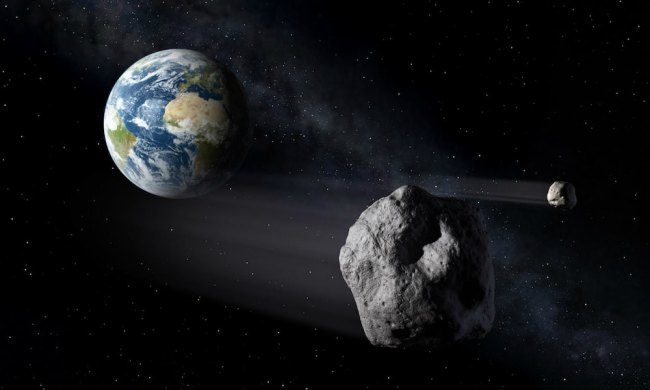Far out on the border of the outer solar system between the orbits of Mars and Jupiter lies the asteroid belt, where hundreds of thousands of small objects orbit the sun. Most of these objects are small rocky asteroids, but some are known to be 60 miles or larger across. Now, the European Southern Observatory (ESO) has released images of 42 of the largest asteroids in the belt, showing their variety of sizes and shapes.
The asteroids were imaged using ESO’s Very Large Telescope, marking the most detailed observation of many of these bodies to date. They include well-known bodies like the dwarf planet Ceres, the metal asteroid Psyche, and asteroid Vesta, which was visited by NASA’s Dawn spacecraft in 2011. But they also include lesser-known oddities like the bone-shaped Kleopatra or the flattened, elongated Sylvia.

“Only three large main belt asteroids, Ceres, Vesta, and Lutetia, have been imaged with a high level of detail so far, as they were visited by the space missions Dawn and Rosetta of NASA and the European Space Agency, respectively,” said lead author of the study, Pierre Vernazza of the Laboratoire d’Astrophysique de Marseille in France, in a statement. “Our ESO observations have provided sharp images for many more targets, 42 in total.”

By looking at the shapes of the asteroids, which range in size from Ceres at 580 miles across to Urania and Ausonia at 56 miles across, the researchers were able to classify them into two groups: The nearly perfectly spherical and the elongated. They also found significant variability in the density of the asteroids, which suggests that they are not all composed of the same material.
This means that the asteroids may have been formed in different locations and migrated toward the asteroid belt over time. Some of the bone-shaped asteroids may even have formed as far away as beyond the orbit of Neptune before ending up in the asteroid belt.
The researchers now want to continue studying the asteroids in the belt using the upcoming Extremely Large Telescope (ELT). This more powerful telescope could also enable them to see even more distant objects in our solar system, like those in the remote Kuiper Belt beyond Neptune.



